If you have heard one, you probably have heard them all! I am talking about viola jokes, a musical stereotype with a rich and proud heritage. Jokes directed towards violas and viola players probably originated in the 18th century, and if we believe the famed flutist Johann Joachim Quantz, “the viola is commonly regarded as of little importance in the musical establishment.”
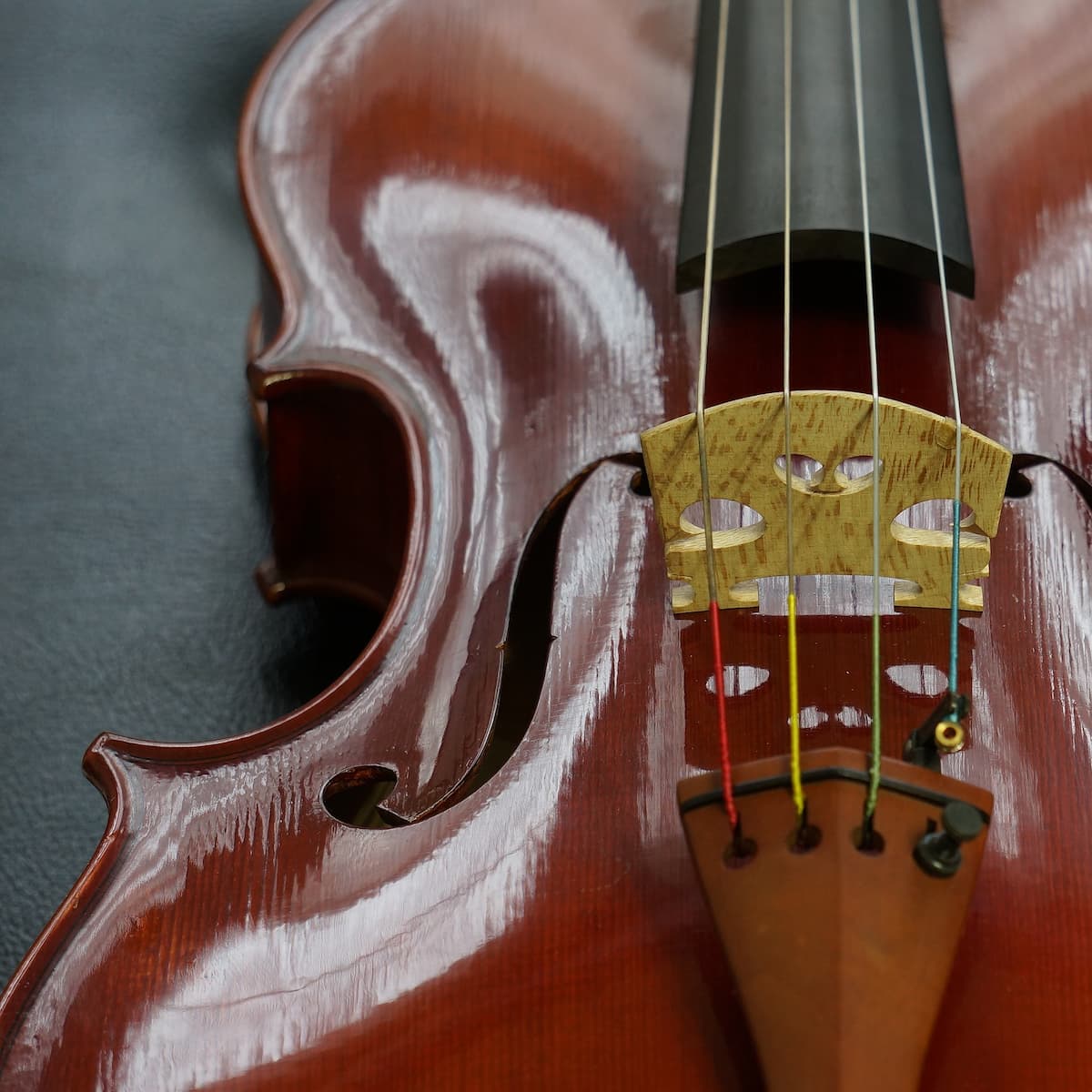
Viola bridge
Quantz was clearly a champion of the flute, and it wasn’t the viola per say that irritated him, but the people who played the instruments. As he writes in his treatise on the flute, “they are either still beginners in the ensemble or have no particular gifts with which to distinguish themselves on the violin.” Ouch!
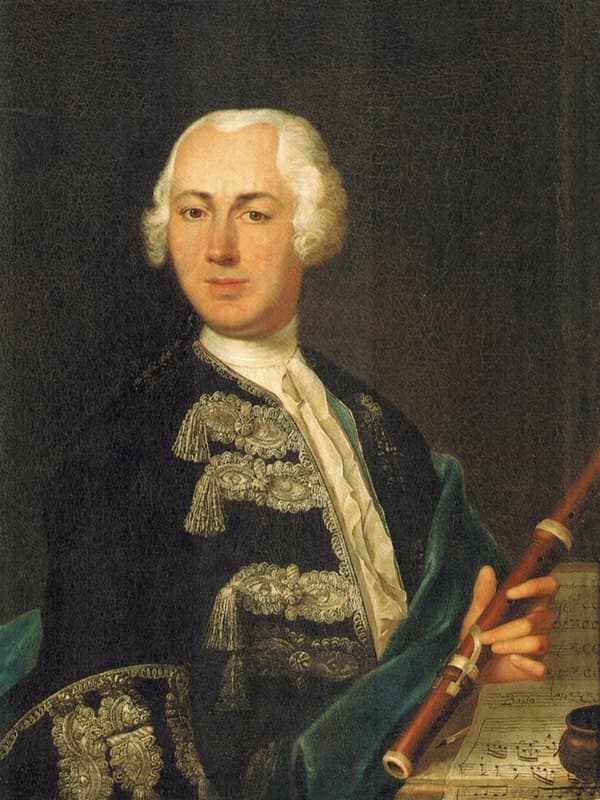
Johann Joachim Quantz
Quantz worked at the court of Frederick the Great, and he was a colleague of C.P.E. Bach. It’s really too bad he apparently didn’t know the Brandenburg Concerto No. 6 by C.P.E.’s father Johann Sebastian Bach, as that particular concerto is composed for 2 solo violas—there are no violins at all—and 2 gambas, cello and continuo. So let’s get started with 10 gorgeous viola concertos that prove Quantz had a definite bias.
Johann Sebastian Bach: Brandenburg Concerto No. 6, BWV 1051
Bach wrote his “Viola Concerto” in 1721 but it was not published until many years later. The earliest known concerto of that type, as far as we know, was composed by Georg Philipp Telemann (1681-1767). Probably written between 1716 and 1721, Telemann beautifully explored the wonderful potential colours of the viola in four movements, and also surveyed the capacity of the viola as a solo instrument.
The Telemann concerto really did not make a huge impact on the wider musical world. In fact, very little of his music initially did. Telemann did use the viola frequently as a solo instrument as he also composed a viola sonata and a delightful concerto for 2 violas. There might have been many more viola compositions dating from around that time, but they either did not survive or are not known.
Georg Philipp Telemann: Viola Concerto in G major, TWV 51:G9 (Antoine Tamestit, viola; Berlin Akademie für Alte Musik; Bernhard Forck, cond.)
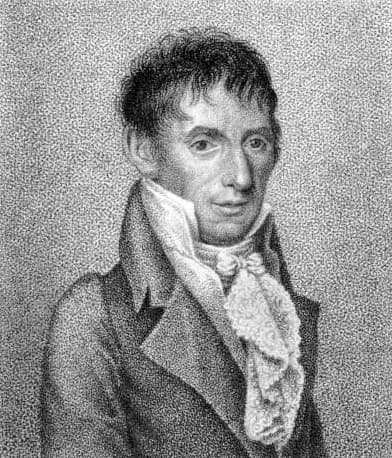
Alessandro Rolla
Either he did not know or was simply overly concerned with self-promotion, but in 1772 Alessandro Rolla (1754-1841) claimed to have composed and performed “the first viola concerto ever heard.” Be that as it may, Rolla was a great innovator in terms of developing violin and viola techniques, and he wrote a number of delightful concertos for the viola.
Today, we mainly recognise Rolla as the “teacher of the great Paganini,” and in his viola concertos he introduced a new sense of virtuosity. The soloist is kept busy with challenging passages for both hands in various combinations of arpeggios, intense use of the upper register both for cantabile phrases and for virtuoso passages, “while the melodic inspiration is concentrated, as always, in the central movement.” Rolla was a genius in exploring the expressive resources of the viola, and it’s no mistake that contemporaries called him the “inventor of the viola sound.”
Alessandro Rolla: Viola Concerto in E-flat Major, Op. 3 (Massimo Paris, viola; Simone Baroncini, oboe; Alan Jones, oboe; Emanuel Abbuhl, cor anglais; Evelyn Voumard, horn; I Musici)
I don’t know if Rolla started a trend, but the 1770s was a wonderful time for the viola and dedicated concertos for that instrument. And that is certainly true for the city of Mannheim, one of the great musical centres in the 18th century. And there is one family name associated with Mannheim that made the concerto in general, famous; the Stamitz family originating from Bohemia.
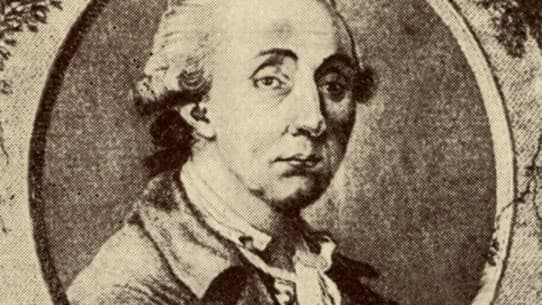
Anton Stamitz
Johann Stamitz (1717-1757) was the musical patriarch of the family, and he was a pioneer in the formation and conventions of the Classical style. He possibly composed the world’s “first true clarinet concerto in the history of music,” but he was primarily a violinist. That didn’t prevent him at all from writing a concerto for the viola as well, and his balanced treatment of the orchestra in relation to the soloist laid the foundation for the musical styles of the first Viennese School.
Johann Stamitz: Viola Concerto in G Major (Jan Pěruška, viola; Prague Chamber Orchestra; Jiří Bělohlávek, cond.)
Johann had a couple of highly talented sons, among them Anton Stamitz (1750-1809). Not unexpected, he took his musical bearings from his father and wrote at least 4 concertos for viola d’amore. That particular instrument has 6 or 7 strings, but some of them were sympathetic only.
Those sympathetic strings made for a very sweet and warm sound, and Leopold Mozart writes in his famous violin treatises, “It sounded especially charming in the stillness of the evening.” The viol family eventually fell out of favour and was replaced by the violin family, and you are very likely to hear the Anton Stamitz concertos played by the viola today.
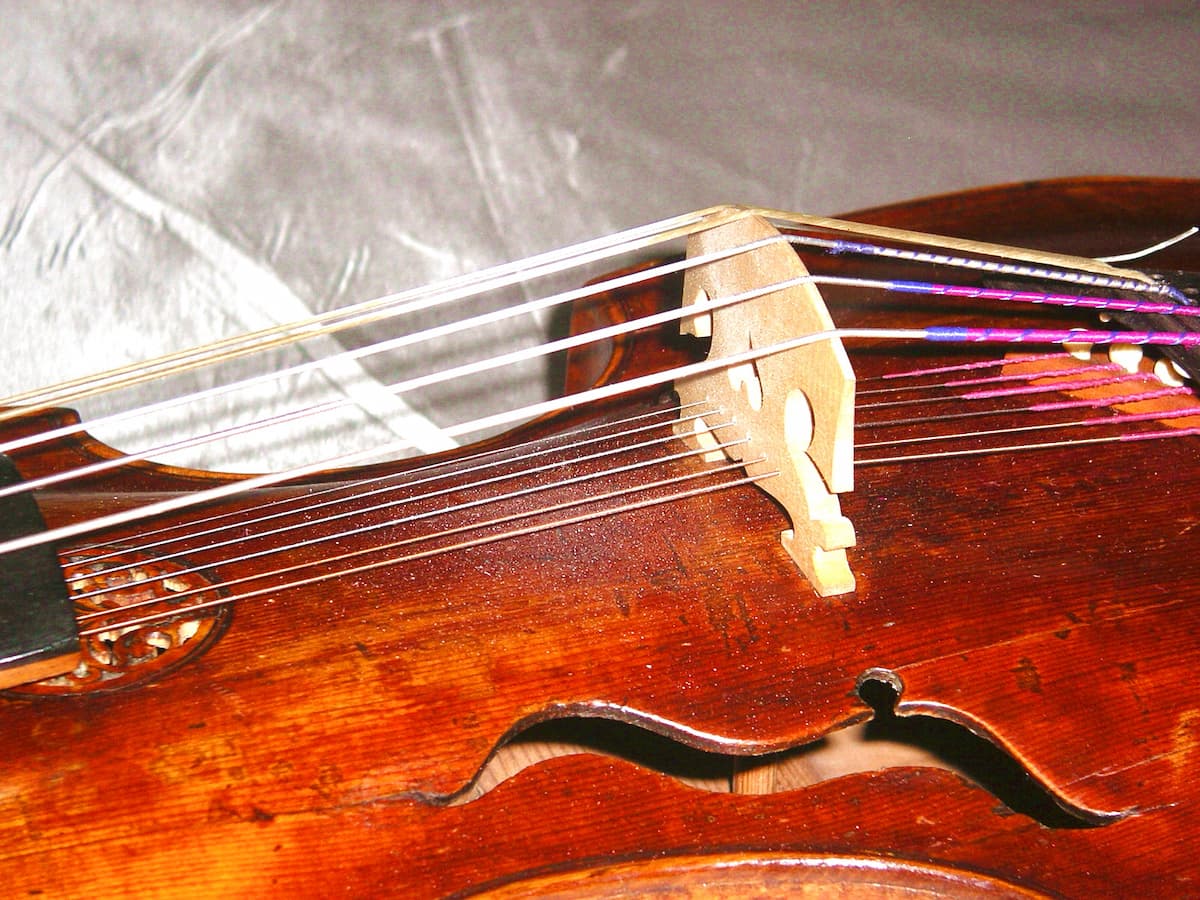
Viola d’amore sympathetic strings
Anton Stamitz: Viola Concerto in B-flat Major (Jan Pěruška, viola; Prague Chamber Orchestra; Jiří Bělohlávek, cond.)
We know that it took a bit of time for the viola to emancipate itself in string quartets and orchestral playing, but it was a very busy instrument in the concerto repertoire of the 18th century. Carl Stamitz (1745-1801), as you have probably already guessed, was another son of Johann Stamitz, but his famous father died when he was only 11 years old.
Carl was also busy at the Mannheim Court, but like a good many musicians at that time, he also made his way to Paris. He had a very specific flair for writing concertos, and some of the clarinet and viola concertos of Carl Stamitz are considered to be among the finest examples from the period. As you can hear, his musical style is not that far away from the galant works of the young Mozart or middle period Haydn.
Carl Stamitz: Viola Concerto No. 1 in D Major (Dimitar Penkov, viola; Sofia Symphony Orchestra; Vassil Kazandjiev, cond.)
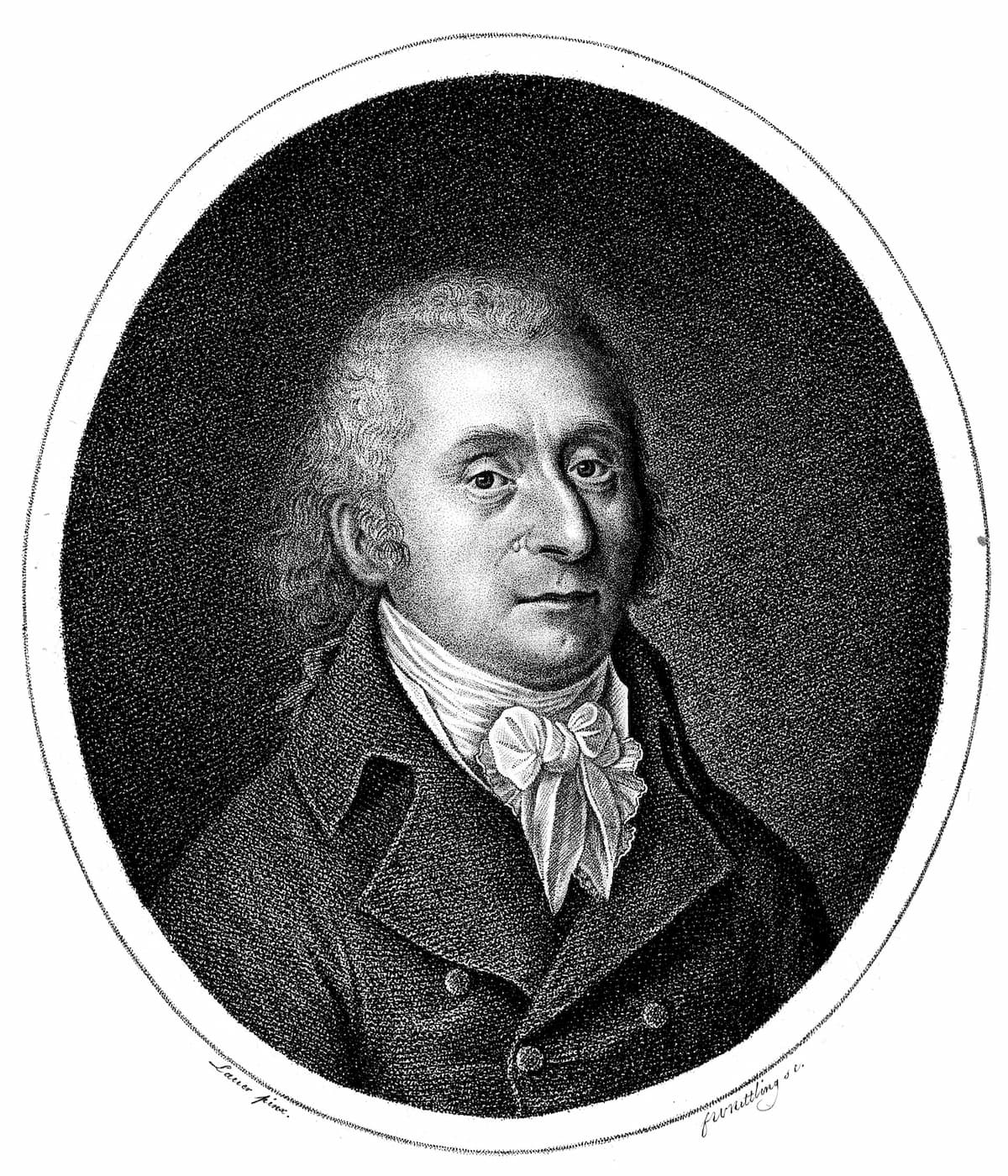
Franz Anton Hoffmeister
You are probably expecting me to talk about the wonderous “Sinfonia Concertante” by Wolfgang Amadeus Mozart and that incredible work for solo violin, solo viola, and orchestra. However, I have decided to stick with the solo viola repertoire right now, but please let me know in the comments if you’d like to hear works that combine the solo viola with other solo instruments.
But please don’t worry, as there are plenty of solo viola concertos still on offer, including a splendid work by Franz Anton Hoffmeister (1754-1812). Hoffmeister originally hailed from Rottenburg am Neckar, and eventually devoted his life to music in Vienna. He composed many works geared towards the skilled amateur market, and his Viola Concerto in D Major provides the violist with a chance to demonstrate their virtuosity and technical proficiency bathed in a classically oriented charms that sound remarkably similar to Mozart in style.
The Hoffmeister viola concerto is still an integral part of the repertoire, and it is regularly used in orchestral auditions and competitions around the world.
Franz Anton Hoffmeister: Viola Concerto in D Major (Elissaveta Staneva, viola; Thracian Chamber Orchestra; Nayden Todorov, cond.)
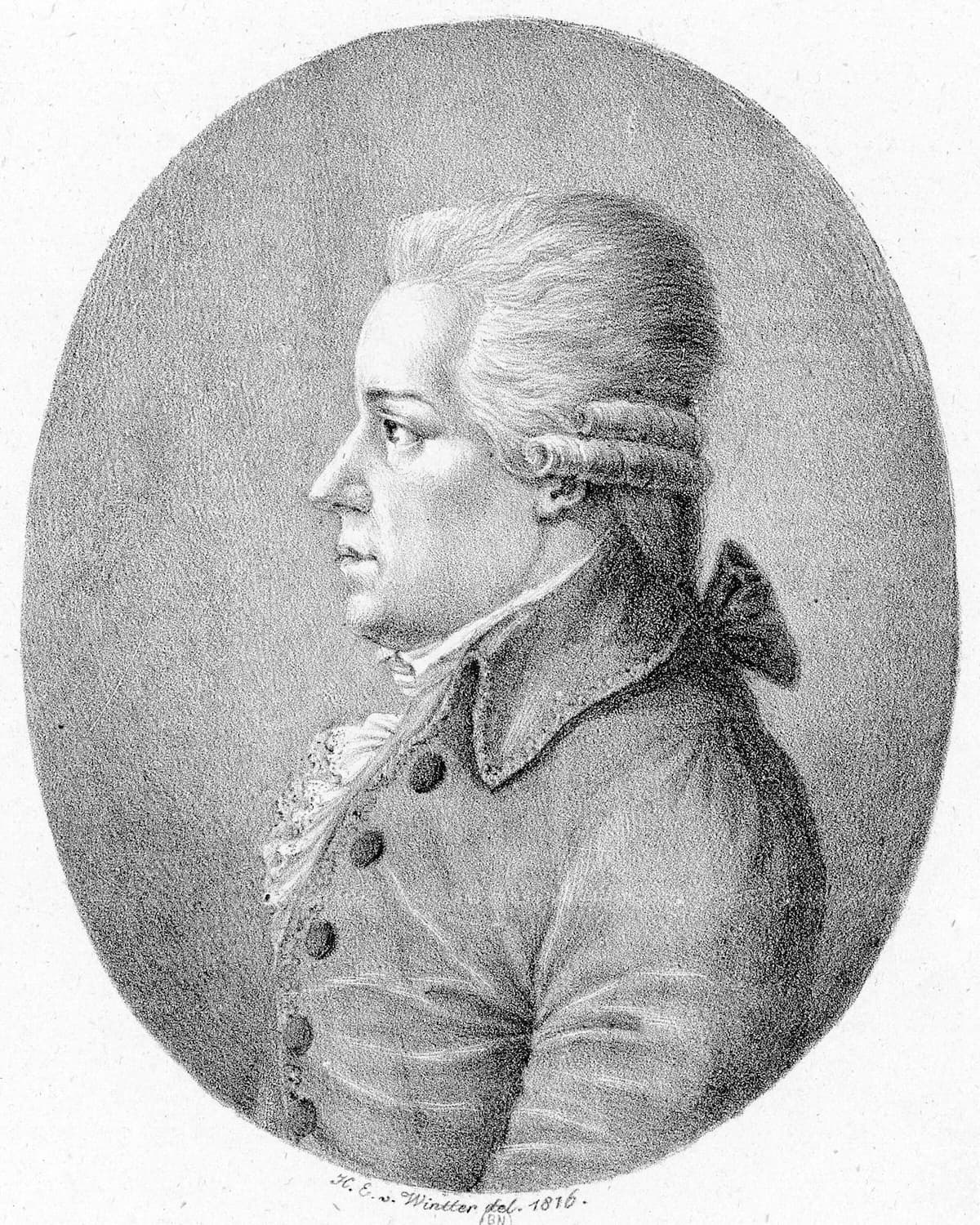
Carl Ditters von Dittersdorf
Staying with the Viennese crowd for a bit, Carl Ditters von Dittersdorf (1739-1799) was a good friend of both Haydn and Mozart. In fact, he played the first violin in a private string quartet performance, with Haydn playing the second violin and Mozart the viola. The Irish tenor Michael Kelly says that performance and wrote, “It was not outstanding, but the image of some of the greatest composers of their time joining in common music-making was unforgettable.”
Dittersdorf composed roughly 120 symphonies, which are composed in an Italo-Austrian musical style. All that means is that they focus on melody instead of motivic development, and that is certainly true of his 5 concertos for viola. It’s not supposed to be a life-changing aesthetic experience but a celebration of beautifully expressive melodies produced by the beautiful viola.
Carl Ditters von Dittersdorf: Viola Concerto in F Major (Lubomír Malý, viola; František Xaver Thuri, harpsichord; Dvořák Chamber Orchestra; František Vajnar, cond.)
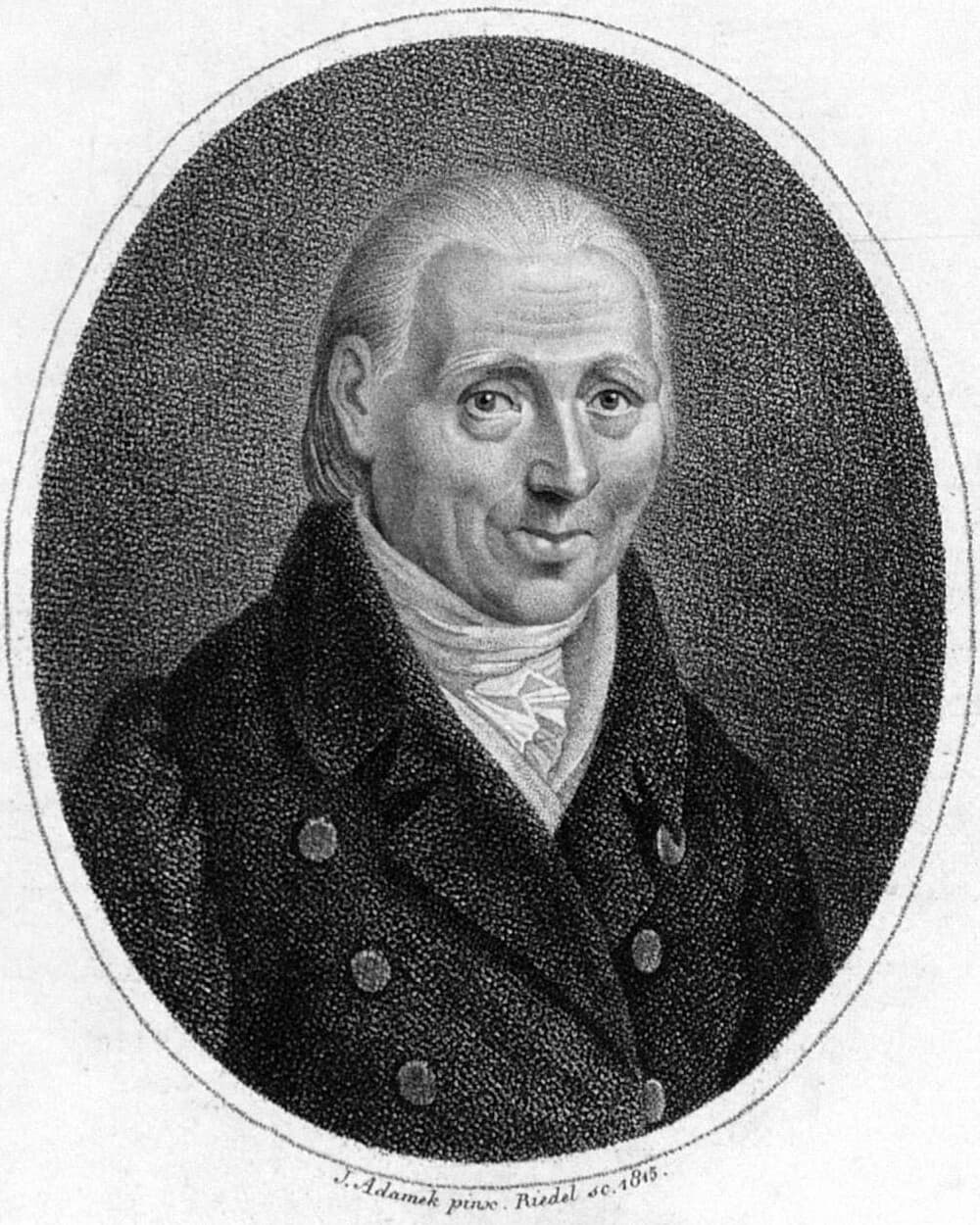
Johann Baptist Wanhal
The final member of that famous quartet performance described above, featured Johann Baptist Wanhal (1739-1813) on cello. You might also have come across his name in various spellings, including Waṅhal, Wanhall, Vanhal, Van Hall, or Vaňhal.
That’s because he was born in Bohemia and died in Vienna, and scholars just couldn’t make up their minds as to the spelling of his name. One thing is for sure, however, he was Carl Ditters von Ditterdorf’s most famous student, and his music was still recognized by the Viennese public after his death. And that included the melodies of a beautiful viola concerto with the horns reinforcing the solo viola at important moments.
Johann Baptist Wanhal: Viola Concerto in C Major
Let’s conclude our blog on 10 beautiful viola concertos from the 18th century with a name that you are probably not familiar with. Joseph Martin Kraus (1756-1792) was born in Germany but spent much of his professional life in Sweden. In fact, he became known as the “Swedish Mozart.” It was actually Joseph Haydn who equated him with Mozart.
Kraus died at the age of thirty-six, and he was known for his symphonies and music for the stage. However, he also composed three viola concertos that had been hiding in a library in Lund, Sweden. As you can tell from the recording, Kraus must have been a very talented violist, and concertos seem to date from between 1777 and 1781. They are all carefully constructed and place substantial demands and the utmost virtuosity on the viola soloist. Just goes to show, Johann Joachim Quantz should have stuck with his flute.
For more of the best in classical music, sign up for our E-Newsletter
Joseph Martin Kraus: Viola Concerto in E-flat Major (David Aaron Carpenter, viola; Tapiola Sinfonietta)

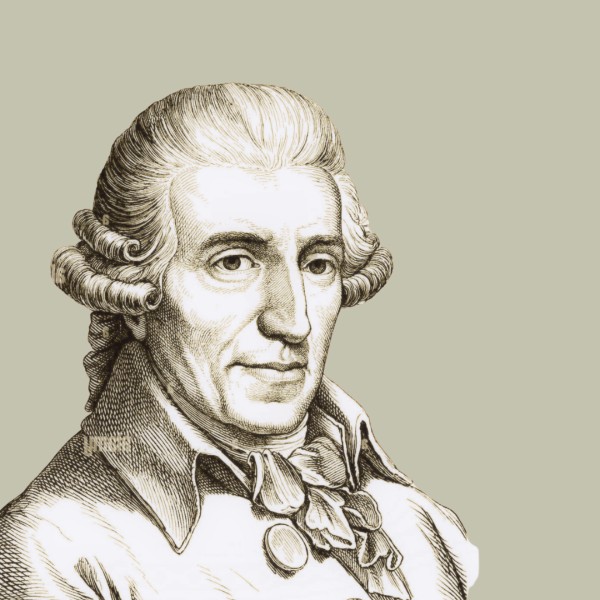
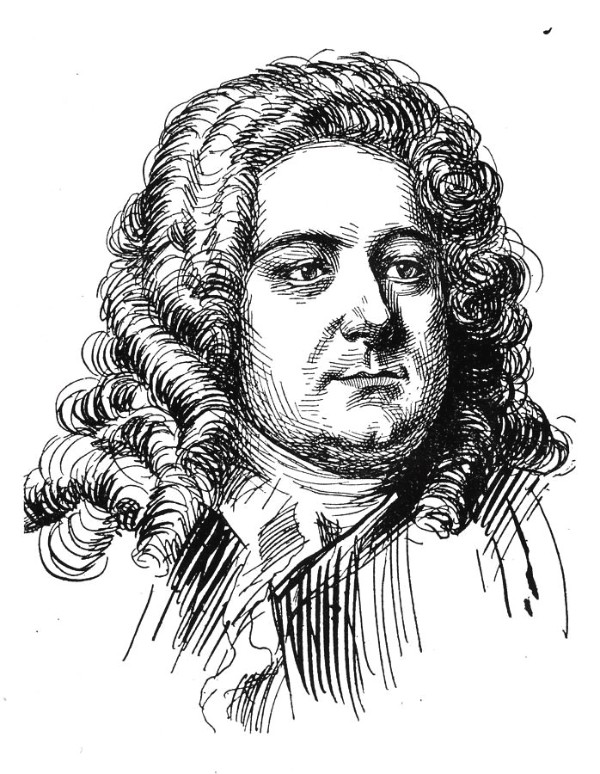
Very nice presentation! Educative as well as entertaining.
Now, one would try to imagine the same for the 19th Century. But not one comes to me! Whereas the 20th has quite a few beauties.